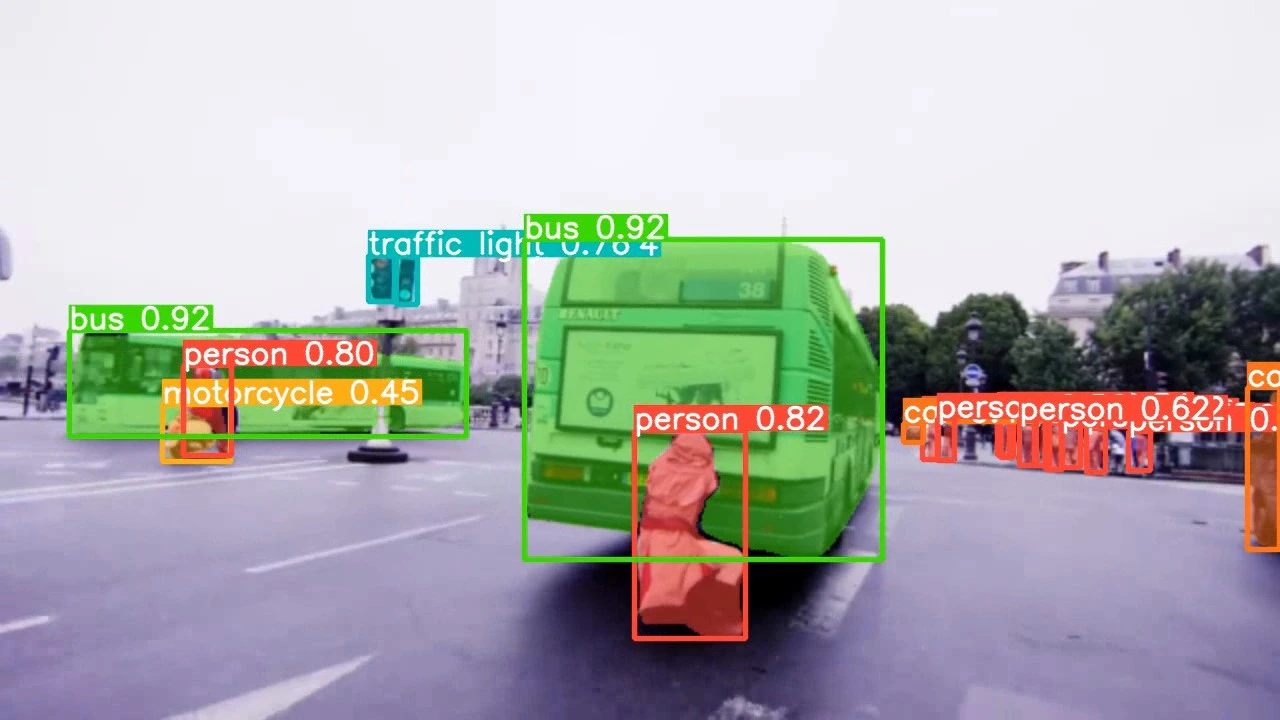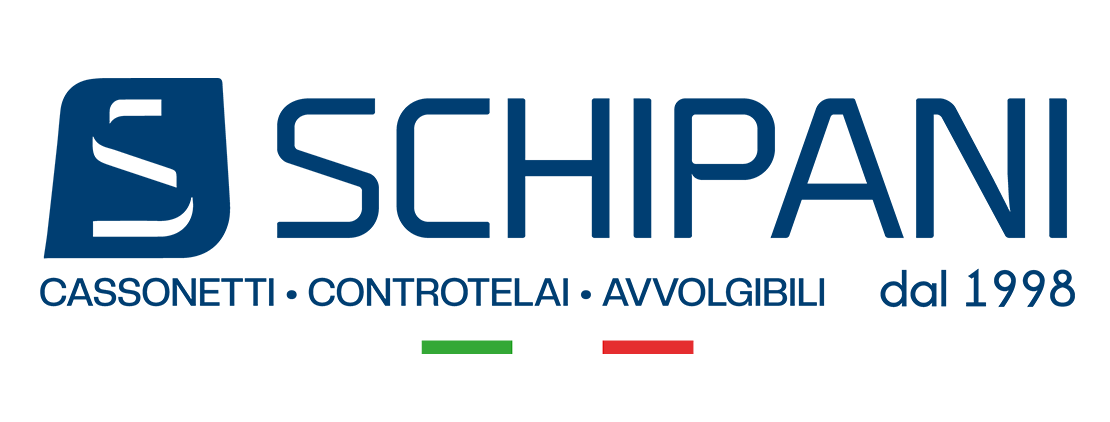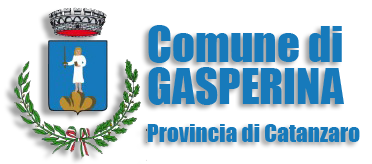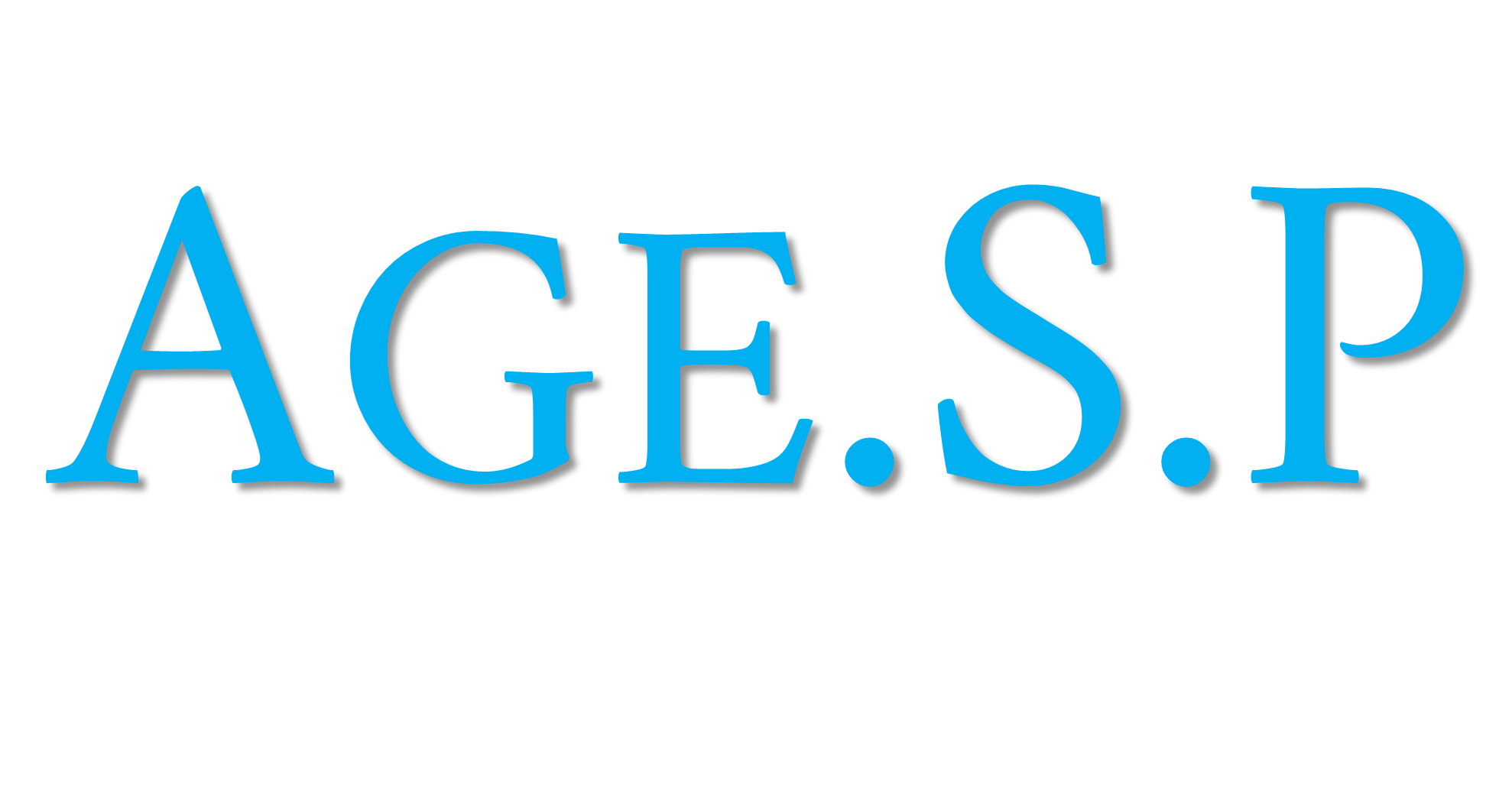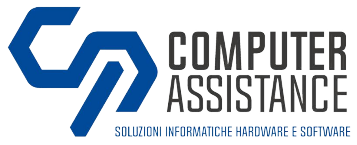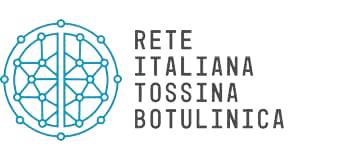You want digitize the workflow but you need to save physical space, hardware performance and, perhaps most importantly, software licensing and implementation costs?
The solution is i SaaS (Software as a Service), efficient in terms of resources offered and capable of offering the power of data management in cloud with maximum flexibility And scalability.
Businesses of all sizes, after all, are now constantly looking for ways to improve efficiency and productivity by relying on digital solutions.
The only limit lies in the different ones needs of each company, often dealing with high management costs and structural limitations that do not allow too much space for complex and detailed solutions.
For this reason, in recent years, products based on the concept of Software as a Service have increasingly established themselves, which overturns the distribution model classic of software granting enormous advantages to companies.
What is SaaS and how does it differ from traditional software
SaaS is a software distribution model where the application is hosted on remote servers and delivered to users over the Internet.
Essentially, instead of having to purchase and install the software directly on their devices, users can access the application via a web browser or a dedicated application.
The software is then provided as a service, allowing users to pay a recurring fee for use, rather than having to incur high upfront costs to purchase and maintain the software.
These are precisely the characteristics that differentiate SaaS solutions from other forms of traditional software.
The main difference with traditional software, in fact, lies in the fact that to use it, in that case, companies must purchase a license, install and configure the application on their systems.
With SaaS, however, the software is hosted on remote servers and is accessible via the Internet.
Furthermore, as we mentioned, SaaS stands out for its subscription-based pricing model, which allows companies to pay only for actual usage of the software.
This, in addition to saving money, allows companies to scale usage according to your needs more flexibly than traditional software.
How SaaS solutions are developed
The development of SaaS solutions involves a series of phases to be carried out meticulously to obtain software functional And reliable.
Developers, in fact, have many aspects to take care of. First of all the one relating to the implementation of the su application scalable and secure servers.
Subsequently, they can deal withuser interface, aiming to create an intuitive and accessible experience through the web or mobile apps.
But this is not enough, because SaaS providers must also make sure that the application is highly reliable and continuously available to users.
The entire development process, however, starts upstream from other preliminary operations and involves different technologies and programming languages. Let's try, then, to reconstruct a map of steps that developers need to follow to build functional Saas products:
Needs analysis
The needs analysis phase is crucial to fully understand the requirements of the SaaS application. Developers work in close contact with stakeholders to identify required functionality, scalability needs, data security, and other domain-specific requirements. This phase establishes the foundation for the entire development process.
Architectural design
During the design phase, developers define the application architecture SaaS. This includes designing system components, defining user interfaces, planning for scalability, identifying interactions with external services, and creating flowcharts and data models. The goal is to create a robust and scalable architecture that meets the needs of the application.
Backend development
The backend constitutes the core of the application SaaS, responsible for data processing, business logic and interaction with the database. Programming languages commonly used to develop the backend of a SaaS application include:
- Python: It is widely used for SaaS application development due to its simplicity, wide range of available libraries, and support for web frameworks such as Django and Flask.
- Node.js: Based on JavaScript, it is known for its scalability and its ability to handle asynchronous requests. It is often used for developing real-time and highly scalable applications.
- Java: It is a popular programming language for developing robust business applications. It is widely used in SaaS contexts due to its scalability, reliable performance, and wide availability of frameworks like Spring.
Frontend development
The frontend of a SaaS application takes care ofuser interface and user interaction with the application. Programming languages and technologies commonly used to develop the frontend include:
- HTML/CSS: Fundamental for creating the structure and style of web pages.
- JavaScript: Client-side scripting language that adds interactivity and dynamic functionality to the user interface. Frameworks and libraries like React, Angular, and Vue.js make SaaS frontend development easier.
- TypeScript: Typed version of JavaScript, it is used in many SaaS projects to provide greater security and ease of code maintenance.
Integration of third party services
SaaS solutions often integrate with third-party services to expand functionality of the application. This can include authentication services, payment gateways, cloud storage services, and much more. APIs and SDKs provided by the providers of these services allow developers to easily integrate these features into the SaaS application.
Testing and quality control
The testing phase is crucial for ensure that the SaaS application functions correctly, is secure and has reliable performance. Developers perform unit tests, integration tests, and system tests to identify and resolve any bugs or compatibility issues. Furthermore, quality control is performed to ensure that the application meets the defined quality standards and requirements.
Distribution and management
Once the development and testing of the SaaS application is completed, it is deployed to customers through remote servers or cloud hosting platforms. SaaS providers take care of managing the application's infrastructure, security, update patches, and performance to ensure it is always accessible and functional.
The contexts and sectors of use of SaaS
SaaS solutions are widely used in various industries and business contexts.
This is because SaaS products prove to be excellent allies, for example, for human resources management, as companies can use them to plan resources and manage employee time and performance.
There are also many CRM (Customer Relationship Management) SaaS-based, which allow companies to manage customer interactions, sales tracking, customer support and performance analysis.
The collaboration tools SaaS-based, then, they offer features such as document sharing, instant messaging, video conferencing and project management, improving internal and external communication.
And again, SaaS are widely used for management of business operations, as they can streamline inventory management, accounting, invoicing, supply management and other essential business tasks.
But what are the sectors and contexts in which companies mainly rely on SaaS solutions? Right away:
Startups and SMEs
Startups and small to medium-sized businesses often choose the SaaS model for start operations quickly with reduced costs. SaaS solutions eliminate the need to invest in internal infrastructure and resources for software development and management. Additionally, subscribing to SaaS services allows them to easily scale resources as the business grows.
Marketing and advertising industry
Companies active in the marketing and advertising industry often use SaaS tools to automate marketing activities, manage advertising campaigns and monitor the effectiveness of initiatives. These solutions allow them to optimize marketing operations, acquire new customers and improve customer experience.
Human resources and personnel management sector
SaaS solutions in the human resources sector they simplify critical processes such as staff selection, performance management, training and time tracking. These tools help companies improve operational efficiency, better manage people, and create a more productive work environment.
Financial services and accounting
In the finance and accounting industry, companies often rely on SaaS software for manage accounting, finances, invoicing and other financial operations. These solutions enable accurate management of financial data, streamline the budgeting process, and improve compliance with tax regulations.
E-commerce sector
In the e-commerce industry, SaaS solutions are used to create and manage online stores, manage inventory, process payments and provideHassle-free shopping experience for customers. These tools allow businesses to quickly launch an e-commerce business without the need for in-depth technical skills.
Customer service industry
Companies that offer customer support services often rely on SaaS solutions for manage tickets, provide technical support and maintain a knowledge database. These platforms help improve customer satisfaction by allowing you to respond to customer inquiries and issues in a timely manner.
Some SaaS that you use (almost) daily
Perhaps the term Software as a Service can be initially misleading and make you think of solutions more typically used only by those who work closely with IT at a certain level.
It's just there perception to play a bad joke. SaaS, as we have seen, are simply software solutions delivered over the Internet as a service, and many of us use them almost daily.
Here are some famous examples of widely used SaaS products:
- Salesforce: One of the largest CRM platforms in the world, used by businesses of all sizes to manage customer relationships, automate sales, and provide customer support.
- Google Workspace (formerly G Suite): A cloud-based productivity suite that offers applications such as Gmail, Google Drive, Google Docs, Google Sheets, and Google Slides, making business collaboration easier.
- Microsoft 365: Another cloud-based productivity suite that includes applications such as Microsoft Word, Excel, PowerPoint, and Outlook, providing essential tools for office and business communication.
- Slack: An instant messaging and collaboration platform that allows teams to communicate in real time, share files, and integrate with other business applications.
- Dropbox: A cloud storage service that allows users to store and share files, making it easy to collaborate and access documents from any device.
- HubSpot: A marketing and sales platform that offers tools to generate leads, automate marketing, and manage sales processes.
- Zoom: A video conferencing and webinar application that has become especially popular during the remote working period.
Benefits of SaaS for Businesses
Those mentioned in the previous chapter of this article are just a few examples, but the world of SaaS solutions is in continuous expansion, offering a wide variety of tools to meet the diverse needs of businesses across multiple industries
We have seen what the application contexts are, we have said what the potential of these solutions is, what are the advantages of SaaS for companies we mentioned it, scattering clues here and there.
Let's see them more then in detail:
Reduced costs
With SaaS, companies avoid high upfront costs associated with the purchase and installation of the software. By paying a recurring fee, companies can gain full access to an application's functionality without having to manage complex or expensive infrastructure.
Simplified updates
SaaS providers take care of software updates and patches, ensuring that users have always access the latest version. This reduces the burden on companies of having to manage updates internally.
Scalability and flexibility
SaaS solutions allow companies to scale the use of the software according to your needs, both in terms of additional features and number of users. This allows companies to quickly adapt to changes in size and operational needs.
Accessibility and mobility
SaaS offers a remote access to the application from any location and device connected to the Internet. This allows employees to work collaboratively and flexibly, facilitating telecommuting and improving productivity.
Get to know Noidesk and all Noitech's SaaS solutions
SaaS solutions have transformed the way businesses use software by providing an alternative flexible, cheap And scalable compared to traditional solutions.
Thanks to their ease of access, simplified maintenance and ability to adapt to changing business needs, SaaS has therefore quickly established itself as preferred choice for many companies.
If you are looking to improve the efficiency and effectiveness of your business operations, you should definitely consider adopting a SaaS solution that fits your specific needs.
In Noitech we know this, that's why we gave birth Noidesk, a complete and integrated solution that helps companies manage all phases of their projects efficiently and effectively.
Thanks to its wide range of features and ease of use, the software allows you to increase productivity, improve collaboration and provide high-quality customer service.
This is thanks to his three dedicated areas (administration, operational, customer) but above all to his own modular structure which allows it total integration with existing systems and to operate on:
- Helpdesk service;
- Project management;
- Advanced reporting;
- Corporate email client;
- CRM;
- Internal chat;
- Address book;
- Knowledge base;
- And so on…
Visit the website dedicated to Noidesk, and contact us without hesitation to find out all the information software solutions developed by Noitech and designed to be customized and adapted to every need of your company.





